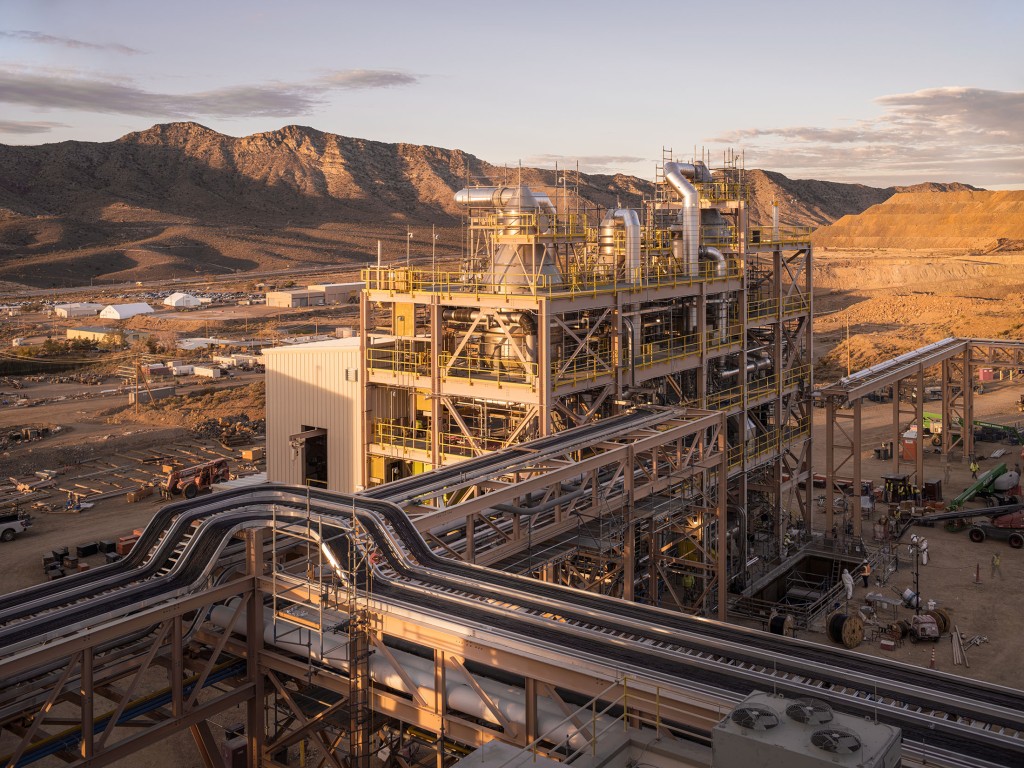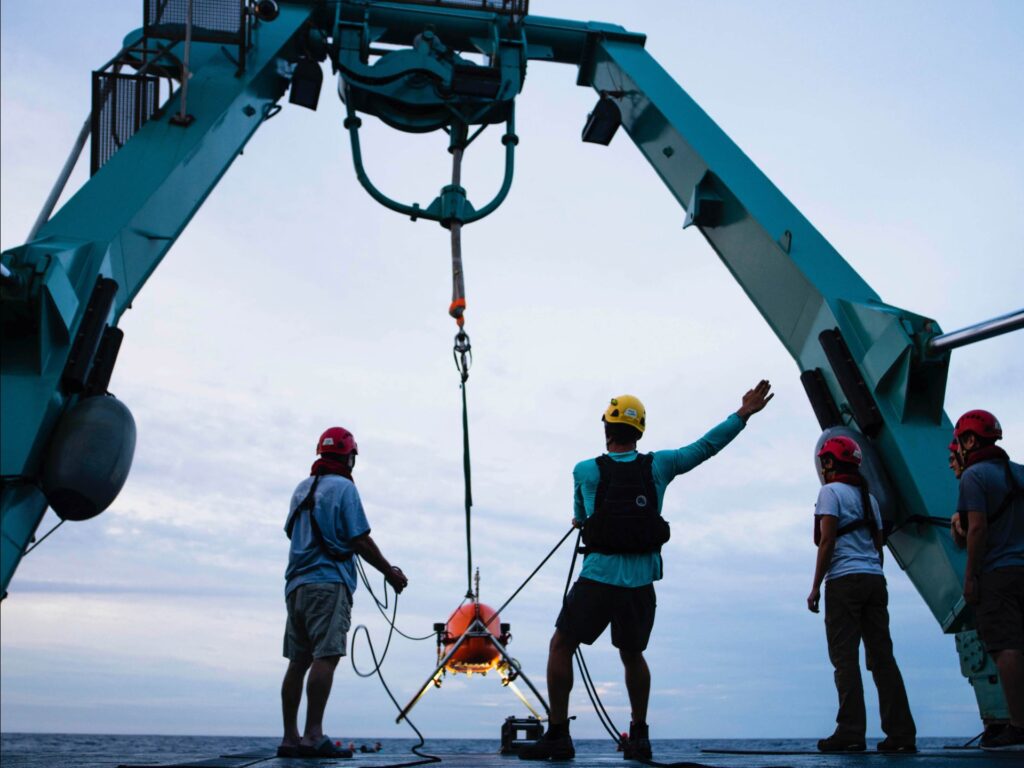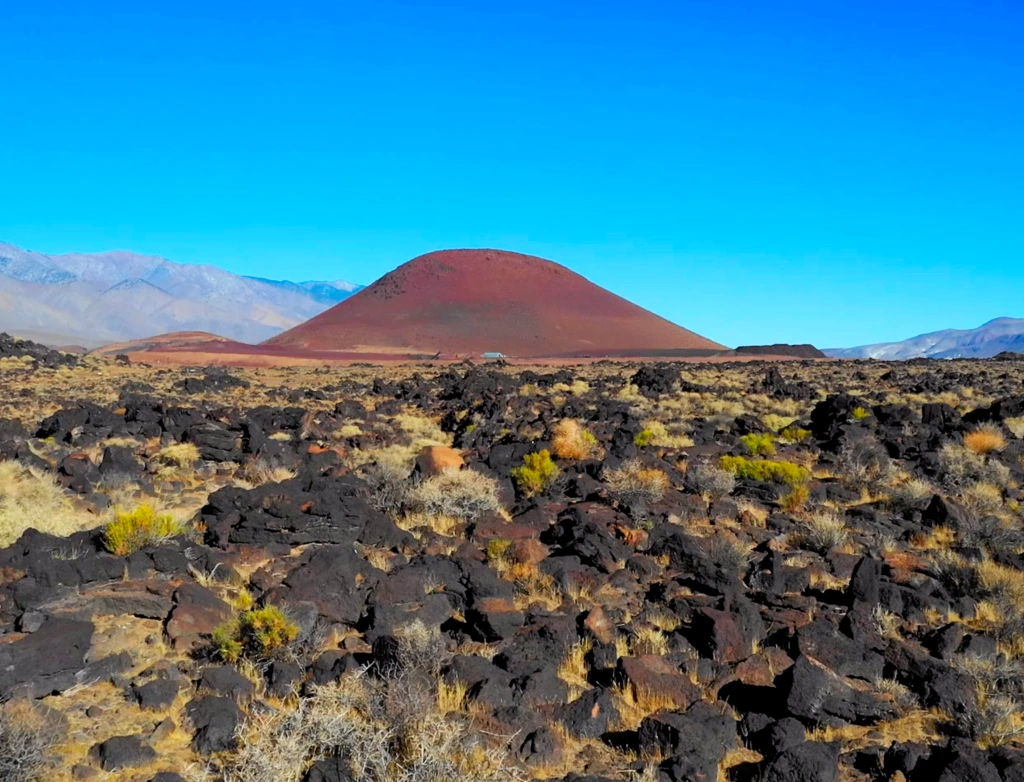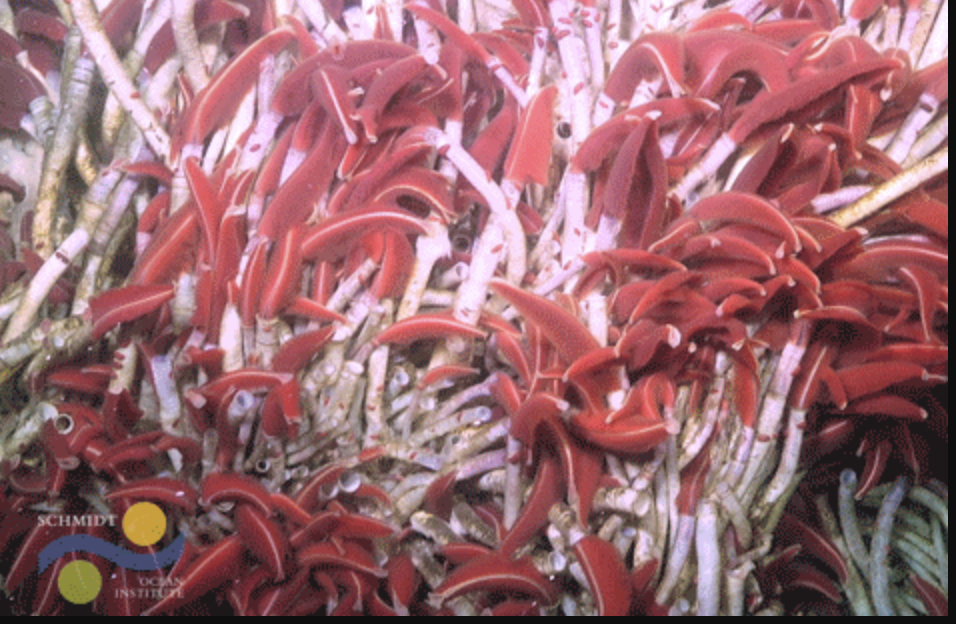Sign up for the California Science Weekly newsletter. Fresh California science every Friday!
Week of May 3, 2019
Here at the California Science Weekly, we are working hard to bring you the most interesting, informative and entertaining stories about science in the state of California. Every week, we pore through hundreds of articles and Web sites to find the top stories that we believe are worthy of your time. We hope you’ll stay with us and share our work with others via Twitter and Facebook. If there is anything you’d be interested in learning more about, send us a note, and let us know.
Marine Science
Netflix’s amazing Our Planet takes a long look at one of California’s iconic coastal ecosystems
For Californians who have not yet had the joyful opportunity to catch Netflix’s new nature show Our Planet, you should click over now and catch episode four, which features long, impossibly beautiful ruminations on California’s coastal environment.
It captures the recovery of the sea otter population around Monterey and features stunning moving images of Monterey kelp forests, one of our most iconic coastal ecosystems. Huge red and black California sheephead (a type of wrasse) gnaw and crush sea urchins, sea lions gambol in huge numbers like playful puppies, and the time-lapses of urchins creeping across the rocky strata are downright terrifying. Given the incredible array of exotic places that the show has been so far, it’s awfully nice to have California recognized as a biological hot spot worthy of such admirable high-definition filmmaking.
California’s kelp beds have been under threat for decades, with some in severe decline. The culprits are purple sea urchins, who consume kelp, preventing them from growing. Years ago, urchins were kept in check by the otter population, which was decimated for the fur trade. The Our Planet episode explains this in some detail.
Kelp is an amazing organism and is a potential ally in the fight against global warming. When free to grow in a healthy environment, kelp grow remarkably fast, up to two feet a day. Kelp absorbs carbon and provides critical habitat and food for more than 800 species of marine animals. Recent warming caused a 60-fold explosion of purple urchins California’s coast, and the kelp was devastated by these ravenous porcupines of the sea. Over the last 100 years, the Palos Verdes Peninsula has lost 75 percent of its kelp forests.
But efforts over the past decade, by organizations like the Santa Monica-based Bay Foundation, are seeking to bring the kelp back by eradicating urchins, often with divers who wield hammers and smash the urchins. So, not exactly pretty, but the efforts have been effective in restoring this incredibly important part of the ecosystem.
Medicine
Talking with your brain
Scientists at the University of California San Francisco have developed a brain-computer interface to turn brain signals into computer-synthesized speech. It could be a way for people who have lost the ability to speak to communicate.
The so-called ECoG Electrode Array is made up of dozens of electrodes that are implanted on the brain and record brain activity. The computer deciphers the brain’s motor commands and then generates sentences to try to match the speaker’s natural speaking rhythms.
Brain-computer interfaces are not new, not even those that can generate speech. But previous efforts produced about eight words a minute, while this one generates about 150 words a minute, which scientists say is the pace of natural speech.
Here’s the paper in Nature.
Animals
Banning animal dissection from biology class
A new California law might outlaw the use of animals like cats and frogs for dissections in science classes. Cats used for dissection tend to be euthanized animals acquired from shelters; frogs and other amphibians are often gathered in the wild.
Those in support of the bill say that killing the animals is cruel and unnecessary. They say kids can get the same or similar educational experience by using models and computer programs. For those who grew up dissecting animals and believe it is an important part of science education, the move is perceived as an attack on time-honored traditions of biology class. Students are allowed under current law allows to opt out of performing dissections if they have a moral objection, but this would be a state-wide ban at public schools.
SacBee Pacific Standard Magazine
Climate Change
California’s King Tides a harbinger of climate change

King tides are a natural phenomenon in California. Every year when there is an alignment of the gravitational pull between sun and moon, tides are literally pulled higher up the shore. Scientists warm, however, that when king tides take place during floods or storms, sea levels can damage the coastline and coastal property. Studies show that California will be greatly impacted by sea level rise, and so the point of the project is to help us visualize future sea level rise by observing the highest high tides of today.
The King Tide Project has a wonderful series of images from earlier this year showing the highest tides around the state.
Climate Change / Agriculture
California’s artichokes may be threatened by climate change
Climate change is going to have massive impacts around the world and will impact many facets of our lives. But perhaps few other impacts are as important as how it will affect the world’s food supply. California’s economy is largely built on agriculture, and few products are more representative of our food production than the California artichoke. A 2018 report by Agronomy, a peer-reviewed, open access scientific journal, laid out a stark future for California agriculture. The classic California artichoke faces particular threats. A warming ocean and changing the marine layer, which the artichoke depends on, not to mention the spread of pests like the artichoke plume moth, could devastate the state’s artichoke crops.
Similarly, the New York Times looks at various products around the nation and what problems various states may face. As one of the top producers of agricultural products in the world, California faces particular challenges.
New York Times Capital and Main
MORE
A map of “wicked weather and deadly disasters” from the Washington Post shows California faring well against tornadoes and hurricanes, but not, alas, against wildfires.
California Sierra’s snowpack is 2.5 times larger than last year. Using Lidar and a spectrometer, this is how NASA’s JPL figures that out.
In case you missed it, the New York Times reports that California’s raisin industry is controlled by a “raisin mafia”.
Fifty years ago, an oil spill off Santa Barbara became a galvanizing moment for the US environmental movement.
The Golden State Killer case was just the beginning. How DNA will continue to solve crimes.
How palm trees came to define Los Angeles, and why it’s all a myth.
A fantastic story in Wired about the discovery of a new earthquake fault in California.
Fifty years ago, an oil spill off Santa Barbara became a galvanizing moment for the US environmental movement.
The Golden State Killer case was just the beginning. How DNA will continue to solve crimes.
How palm trees came to define Los Angeles, and why it’s all a myth.
A fantastic story in Wired about the discovery of a new earthquake fault in California.










